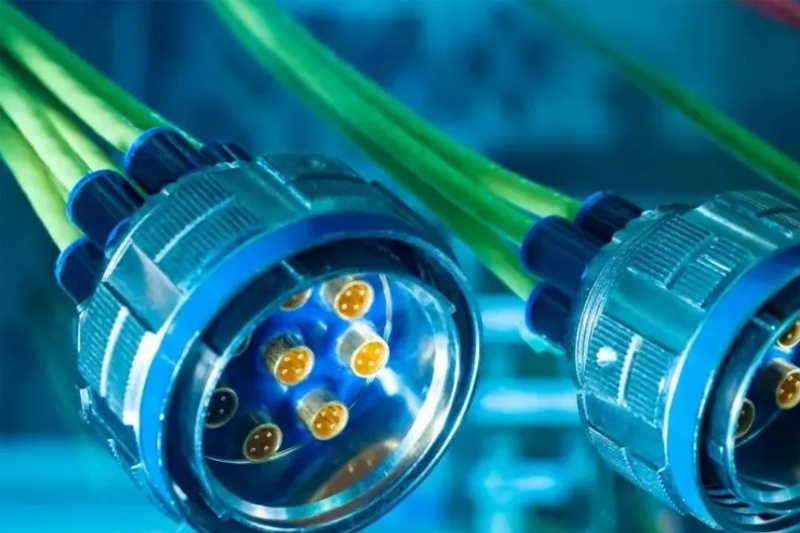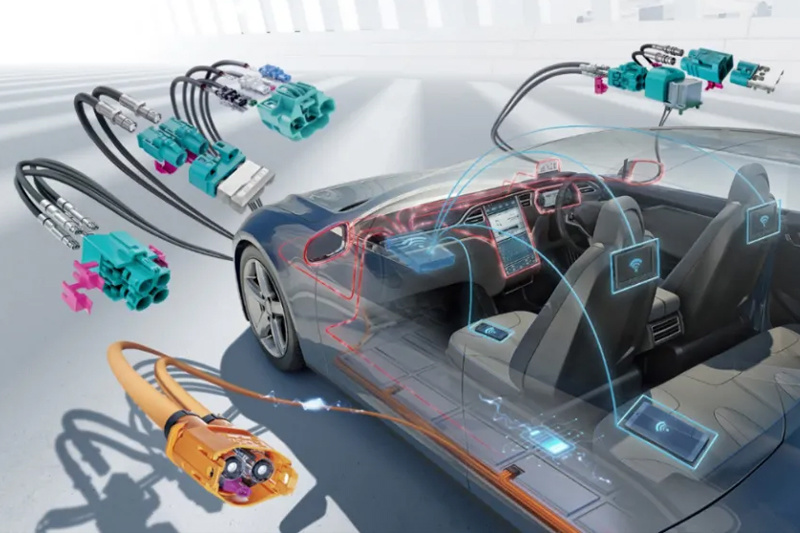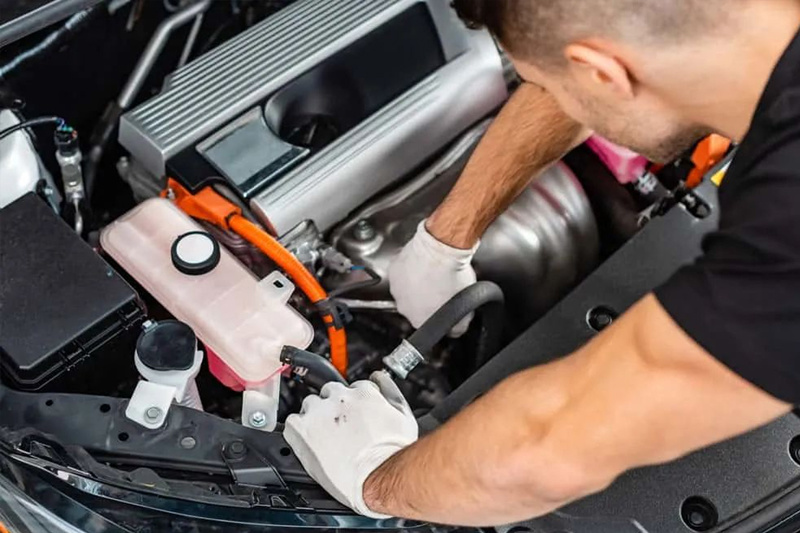What is a USB cable?
Release time:
2025-04-18
USB cable is a cable widely used for data transmission and charging between computers and electronic devices. USB, or Universal Serial Bus, is a standard interface for connecting computers to external devices. The original intention of the design of USB cables is to simplify the complex cable layout and realize a highly universal connection method. It is widely used in computers, mobile phones, tablets, cameras, printers and other electronic devices.
USB cable is a cable widely used for data transmission and charging between computers and electronic devices. USB, or Universal Serial Bus, is a standard interface for connecting computers to external devices. The original intention of the design of USB cables is to simplify the complex cable layout and realize a highly universal connection method. It is widely used in computers, mobile phones, tablets, cameras, printers and other electronic devices.
The structure of USB cables generally includes insulation layer, conductor, shielding layer and outer protective layer. Among them, the conductor is the core part, usually made of copper, responsible for the transmission of current. The shielding layer is used to reduce electromagnetic interference and ensure the stable transmission of data. The insulation layer and outer protective layer ensure the safety and durability of the cable.
Regarding the length of USB cables, this mainly depends on the specific product and application scenario. The length of common USB cables on the market ranges from a few centimeters to several meters. For general home or office use, such as connecting printers, external hard drives or charging mobile devices, the common USB cable length is usually between 1-3 meters. In some special application scenarios, such as data centers, workstations, etc., longer USB cables may be required to connect devices. In addition, custom-length USB cables are also available on the market to meet specific needs.
When using USB cables, there are some things to note. First, make sure the USB interface is compatible with the device to avoid purchasing the wrong type of cable. Second, try to avoid using damaged or aging cables, which may cause unstable data transmission or inefficient charging. In addition, when installing or unplugging the USB cable, operate gently and avoid excessive bending or pulling the cable to avoid affecting its service life.
In general, USB cables play an important role in modern life. Its strong versatility, high transmission efficiency, and wide application make it the main choice for connecting electronic devices. As for its length, users can choose according to actual needs to meet different application scenarios and needs.
Latest From the Blog




